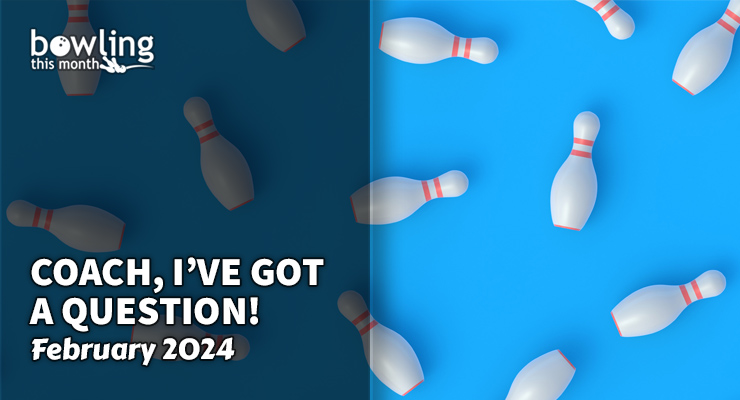In this recurring feature, I answer questions from Bowling This Month readers. If you have questions, please leave them in the comment section below so I can address them in a future installment of Coach, I’ve Got a Question!
When is the best time to throw shiny pearl balls? Using these balls on high friction lanes or even in transition can result in an extremely flippy ball motion that is difficult to control, despite the fact that these balls are advertised as being better at handling friction. So, what is the specific scenario in which these balls may come into play?
It’s worth examining this question by stepping away from the “shiny pearl” terminology. Oftentimes, these balls are marketed for drier lanes because they tend to hook less, and that’s especially true for lower-end performance balls with weaker core and coverstock combinations. But this does not take into account the full reaction characteristics of the bowling ball.
Response time
Instead, let’s look at this in terms of “response time.” I was introduced to this concept by Rick Benoit, and it put words to things I’d been seeing in ball motion that I wasn’t sure how to describe. Aside from ranking them by how much hook they produce, bowling balls can be classified by their response time to friction, with more angular balls being “quicker” off the dry and smoother shapes being the result of a “slower” response to friction. In BTM’s ball reviews, the torque rating is a measure of how angular the ball is at the breakpoint.
All other things equal, sanded balls tend to have a slower response to friction, but more traction in oil, which gives them a more rounded shape than balls that are less dull or polished. The same ball sanded at 1000 grit ...
This article is only available to Bowling This Month subscribers. Click below to get instant access to this article and all of our other premium instructional content.
Subscribe to Bowling This Month
Already a Bowling This Month subscriber? Click here to log in.
Image Credits: Bowling pins illustration (©iStock.com/OlekStock) is licensed for use by BTM and is the copyrighted property of its original creator.
